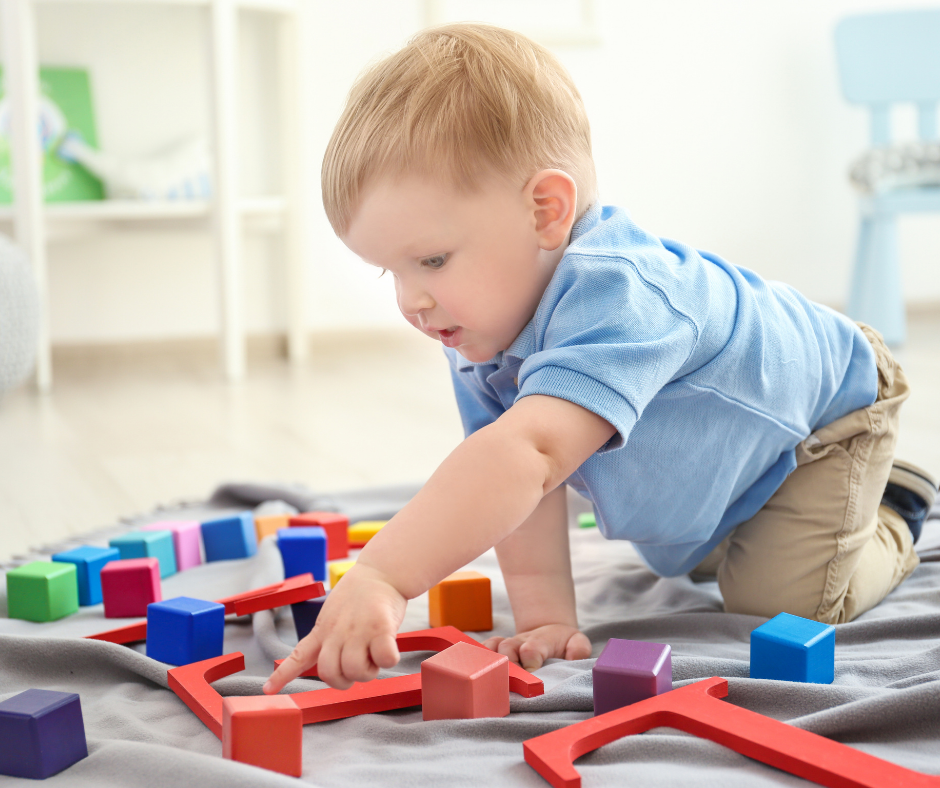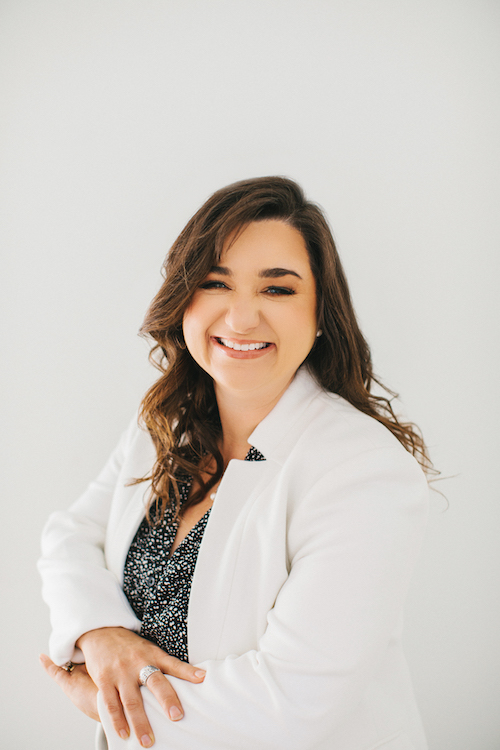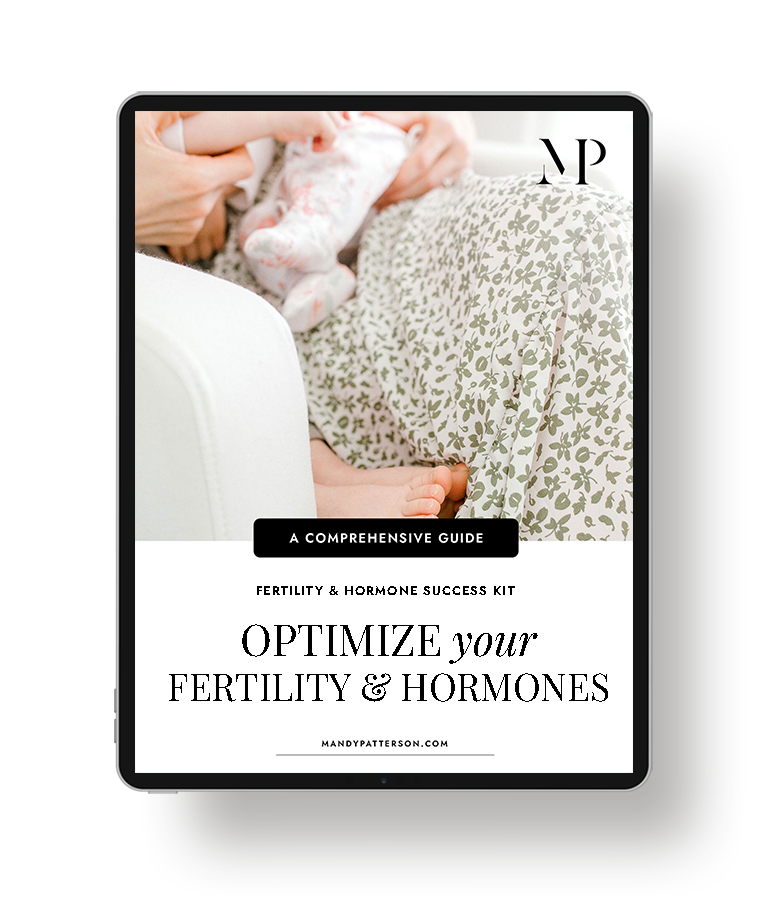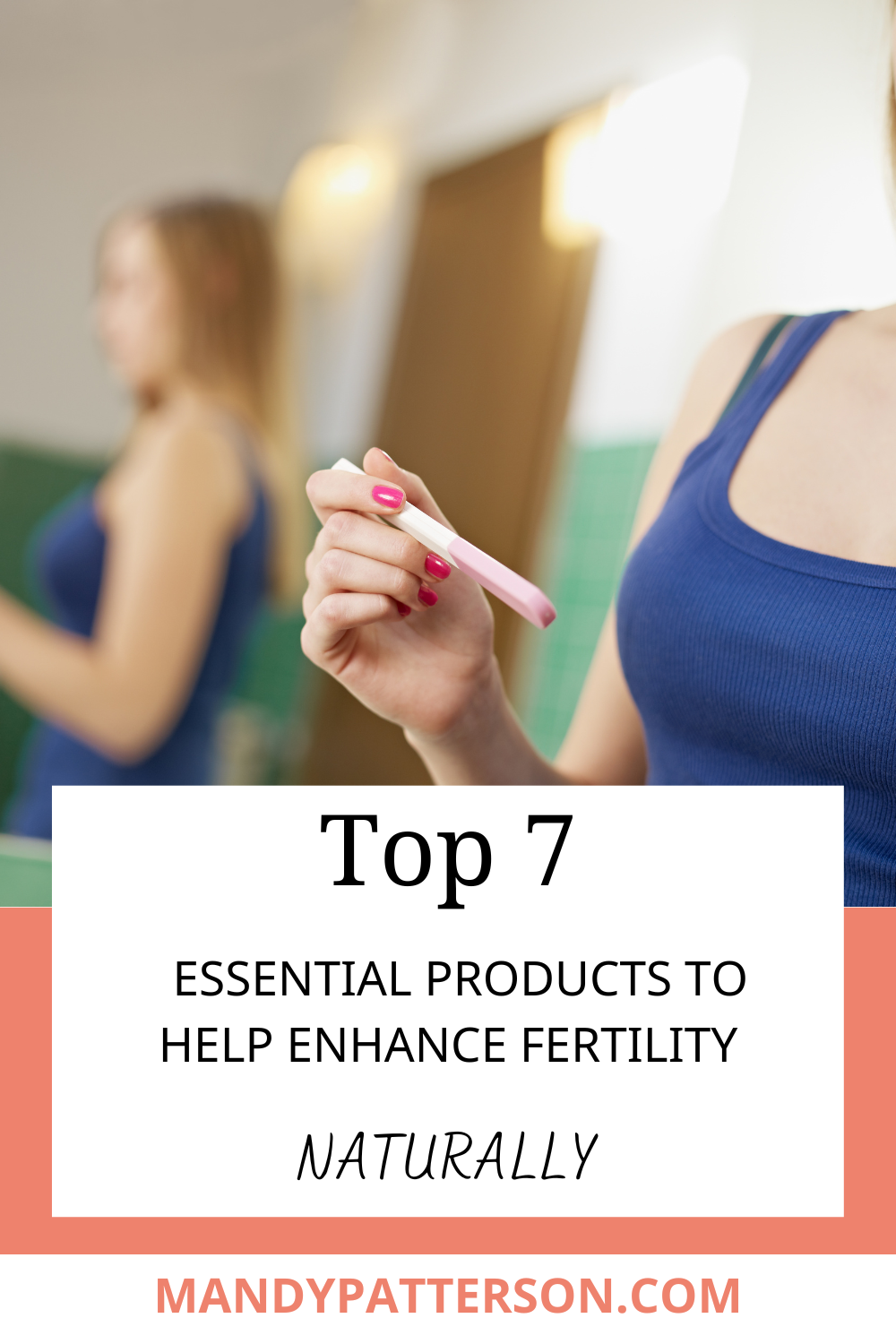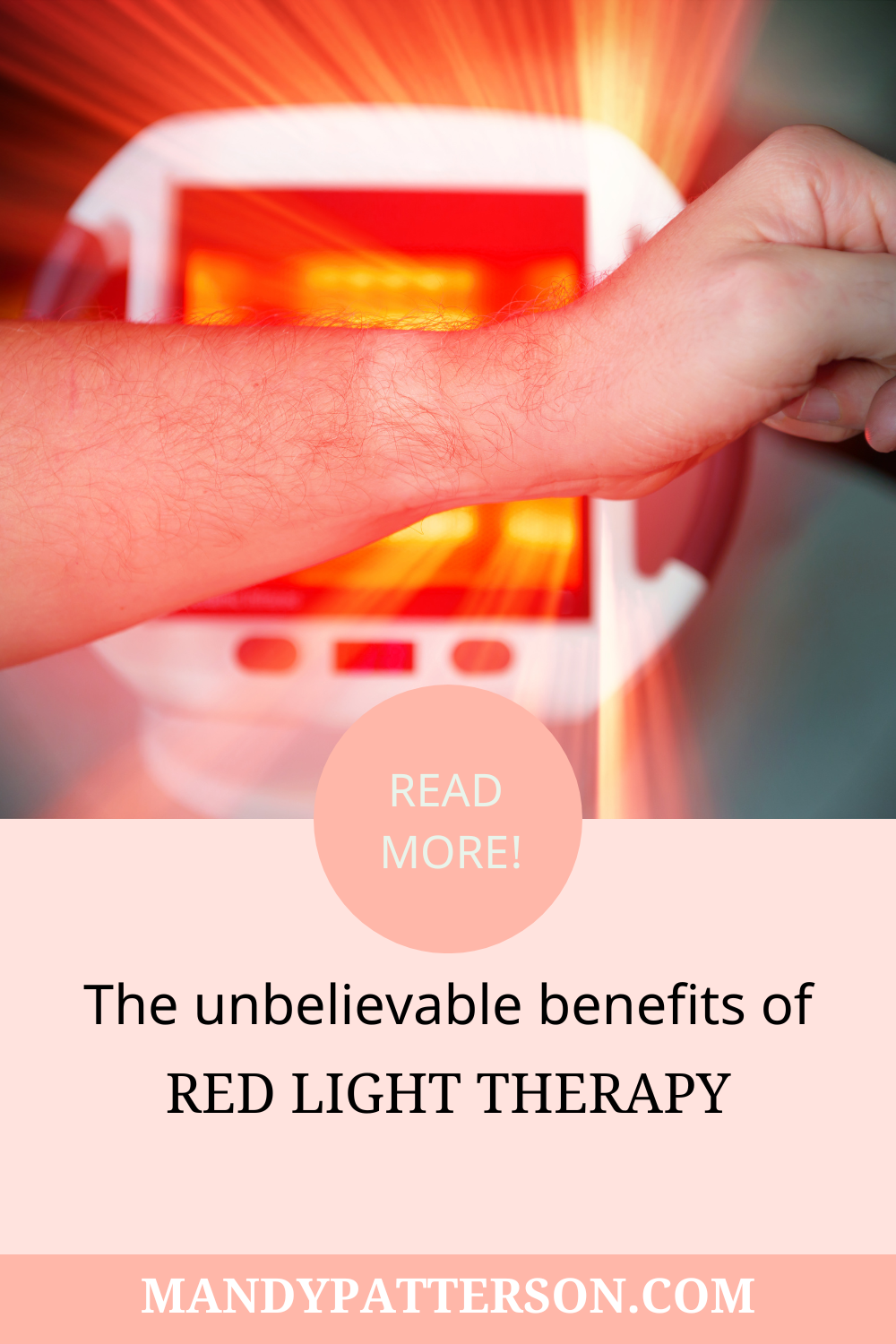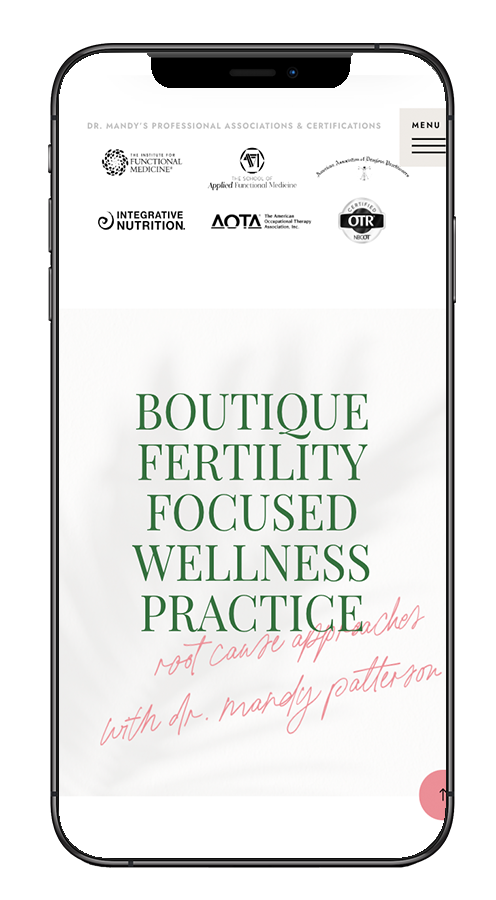When you think of the kids playroom you probably don’t associate it with the cleanest room in the house. Amidst all the toys, blankets, crayons, and barbies or legos (that you constantly step on), you probably wonder how to clean that monstrosity of a room. It can be daunting, but if you want to pursue non-toxic living, the kids playroom is one of the first rooms you should tackle.
I talk a lot about cleanses and detoxes because helping others pursue their optimal health is near and dear to my heart. The fact is, your kid’s playroom could be exposing them to hundreds of toxic chemicals. I know no one cares more about your child’s health than you.
That’s why I want to share with you how to clean the kids’ playroom so that you and your family can enjoy a toxic-free, healthy life. This article will talk discuss:
- Toxic Chemicals & Your Child’s Health
- Toxic Chemicals In Your House
- Nine Tips For a Non-Toxic Playroom
- Choose Hard, Easy-to-Clean Flooring
- Choose Solid Wood Furniture
- Promote Healthy Indoor Air
- Practice Safe Cleaning
- Avoid Clutter for Easy Cleaning
- Use Craft Supplies Without Risky Chemicals
- Take the Playroom Outside
- Select Safe Toys
- Detox With Your Kids Regularly
Ready to clean up your kids’ playroom? Let’s get started!
Toxic Chemicals & Your Child’s Health
When you found out you were pregnant one of the first tasks you did as a new parent was to prepare the baby’s nursery. You went through all the necessary supplies (it’s a lot) and made sure to choose the best, safest options! Now, your bundle of joy may be a little older and you may have grown lax in the items you bring into your house.
I know, it can be hard to get rid of that brightly colored, plastic action figure that grandma gave your son for Christmas.
The problem is that 25% of children’s toys contain harmful chemicals. Chemical additives found in toys include plasticizers or softeners, flame retardants, surface-active substances, stabilizers, colorants and fragrances.
It’s not just children’s toys that are a problem. More than 85,000 new chemicals have been brought to the market by the chemical manufacturing industry since 1950.
According to the WHO, more than 30% of the global burden of disease in children is due to environmental factors. Those environmental factors largely consist of exposure to harmful chemicals. Research also shows that children are more susceptible to the harm caused by toxic substances.
Why are children more susceptible? Think about their growing bodies and their mobility.
Children breathe more air, drink more water, and eat more food per kilogram of body weight than adults. This results in greater exposures per kilogram of body weight to any contaminants in the air, water, or food compared with adults. Children also exist in closer proximity to the ground where dust and dirt reside – not to mention they love to put things in their mouths.

Toxic chemicals are found in everything from the shampoo you used this morning to the plastic Tupperware container that you stored your leftovers in last night. It’s a sad fact of life in today’s world that we are constantly overwhelmed with chemicals.
Toxic Chemicals In Your House
You’re probably wondering what types of chemicals are considered toxic. Below you’ll find a list of the most common toxic chemicals found in homes today. These chemicals live in everything from your carpet to your air, furniture, toys, and even household cleaning and beauty products.
- Polybrominated Diphenyl Ethers
- Bleach
- Chlorine
- Formaldehyde
- Phenol
- Benzene
- Toluene
- Radon
- Lead
- Carbon Dioxide
- Vinyl Chloride
- Hydrofluoric Acid
- Freon
- Phthalates
- Benzopyrenes
- Teflon
RELATED: FIVE DANGEROUS TOXINS TO AVOID IN PERSONAL CARE PRODUCTS
Nine Tips For a Non-Toxic Playroom
Don’t be discouraged. Yes, living a non-toxic lifestyle can feel overwhelming. You may feel like a fish swimming against the stream at times, but it is possible to reduce your toxic load and that of your children. Here are ten tips for a non-toxic playroom!
Choose Hard, Easy-to-Clean Flooring
Kids play primarily on the floor. Even when they are a little older, children plop down on the floor wherever convenient. Choose flooring for your kids playroom that is hard and easy to clean like bamboo, cork, or hardwood. Try to avoid glues or finishes or choose ones that do not contain VOCs (volatile organic compounds). Area rugs made of natural fibers like wool or organic cotton are better than wall-to-wall carpet.
Choose Solid Wood Furniture
Particle board products are usually made with urea-formaldehyde glue, a big no-no. Stain resistant teflon treatments and antimicrobial chemicals like Microban should also be avoided. Choose solid wood furniture and items stuffed with down, wool, cotton, or polyester instead of polyurethane foam which contains toxic flame retardants.
Promote Healthy Indoor Air
Indoor air is sometimes more polluted than your outdoor air! Inadequate ventilation, off-gassing from furniture and building materials, mold spores, and chemicals from household cleaners are just a few of the sources of indoor air pollution. Consider investing in an air purifier system that uses a HEPA air filtration system.
Practice Safe Cleaning
I’ve said it once and I’ll say it again, your household cleaning products can contain some of the harshest chemicals in your home! Clean without harmful chemicals, use a vacuum with a HEPA filter, use a damp microfiber cloth for dusting, and try to avoid over sanitation.
Avoid Clutter for Easy Cleaning
Part of ensuring your kids’ playroom stays clean is by avoiding clutter. According to the EWG, ordinary house dust is a place where toxic chemicals are found. One study found 66 endocrine disrupting compounds in household dust. A clutter-free playroom will ensure you can clean up quickly and routinely.
Use Craft Supplies Without Risky Chemicals
Kids love crafting, but all moms know that sometimes the crafting materials end up in places they’re not meant to go. Avoid risky chemicals in crafting materials. When using art supplies, avoid solvent-based products. Look for non-toxic options or make your own at home like homemade play-dough!
Take the Playroom Outside
Playing outside in nature offers mental, social, and physical health benefits. Try to avoid places that are heavily sprayed with pesticides while also getting in that important time outside.
Select Safe Toys
Avoid toys with PVC, a soft flexible plastic commonly found in bath and squeeze toys, inflatables, and dolls. Plastic free, rubber toys are a good option for children who like to put things in their mouth. Wooden toys are another fun option for older children.
Detox With Your Kids Regularly
Perhaps one of the most important ways you can help your children live a toxic-free life is through a regular detox. You may still feel a little overwhelmed thinking about how to clean up the kids playroom, just know that you are doing a great job! Educating yourself on this topic is progress.
If you need more help ditching harmful toxins and dealing with the bad side effects you may be experiencing from those toxins, please reach out! Or, if you just want help going through a detox, as a Certified Holistic Health Coach and Naturopathic Doctor, I’m here for you.
Send me a message on my contact page and I’ll be in touch!
Mandy Patterson

